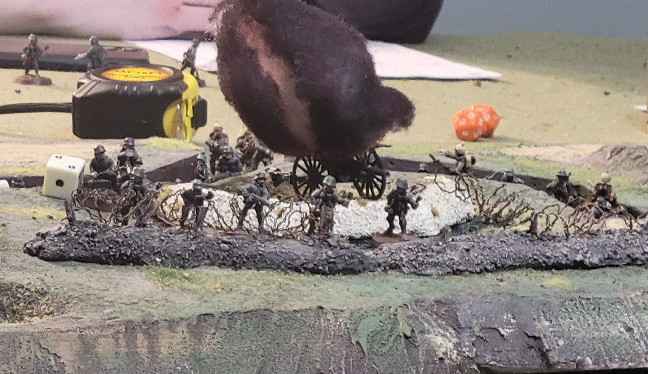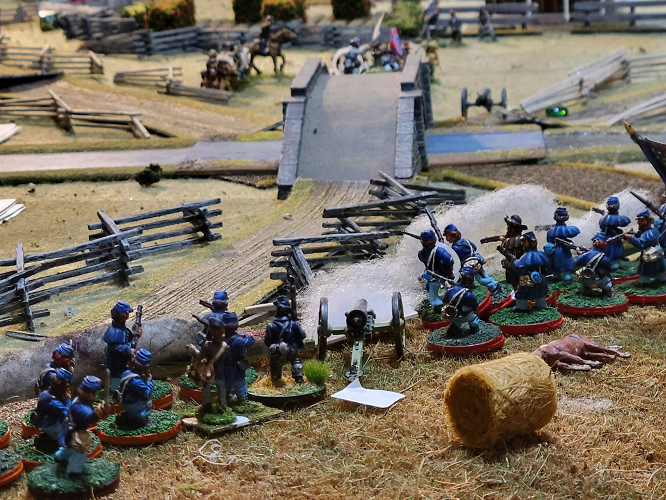Wargaming scenarios are designed situations or missions that provide a framework for game play in war games. Scenarios help create specific objectives, challenges, and narratives for players to engage with during a game. They add variety, immersion, and strategic depth to the wargaming experience. Here are some key aspects to consider when designing or using wargaming scenarios:
Objectives: Scenarios define the goals or objectives that players need to accomplish to win the game. Objectives can vary widely depending on the game and the theme. Examples include capturing specific locations or objectives, eliminating enemy units, rescuing hostages, defending a position, or achieving certain strategic goals.
Setting and Narrative: Scenarios often include a background story or setting that provides context for the battle or mission. This can be historical, fictional, or a combination of both. The narrative can add immersion and create a sense of purpose or stakes for the players.
Special Rules or Restrictions: Scenarios may introduce special rules or restrictions that modify the standard game play mechanics. These rules can be designed to reflect specific conditions or challenges faced by the forces involved in the scenario. For example, limited resources, time constraints, unique terrain features, or asymmetrical forces.
Force Composition: Scenarios typically outline the force composition or army lists for each player or faction participating in the game. This helps ensure balance and fairness between the opposing forces. Force composition may restrict the types of units, equipment, or special abilities that can be used in the scenario.
Deployment: Scenarios specify the starting positions and initial deployment of units or game pieces for each player. This can impact the strategic considerations and tactical decisions made by players during the game.
Victory Conditions: Scenarios define the conditions for victory or determining the winner of the game. Victory conditions can be based on achieving specific objectives, accumulating victory points, controlling key locations, or a combination of factors. Clear victory conditions help focus game play and provide a sense of progress or achievement.
Time and Turn Limits: Scenarios may introduce time limits or turn limits to create urgency and pace in the game. This can add pressure on players to make decisions efficiently and achieve their objectives within a specified time frame.
Variable or Dynamic Elements: Some scenarios incorporate variable or dynamic elements to introduce unpredictability or surprise during game play. This can include random events, changing weather conditions, reinforcement arrivals, or unexpected enemy movements. These elements add excitement and strategic challenges.
Historical or Campaign Scenarios: Historical wargames often include scenarios that recreate specific battles or campaigns from history. These scenarios aim to simulate historical conditions, strategies, and outcomes. They provide an opportunity for players to engage in historical reenactments and explore the challenges faced by historical commanders.
Customization and Creation: Wargaming scenarios can be designed and published by game creators or enthusiasts, but players can also create their own scenarios to suit their preferences or explore specific themes. Custom scenarios allow for creativity and personalization, tailoring the game play experience to the players’ interests.
Scenarios play a crucial role in providing structure, challenges, and objectives in wargames. They enhance the playability, immersion, and strategic decision-making in the hobby. Whether using designed scenarios or creating your own, they contribute to a diverse and engaging wargaming experience.





